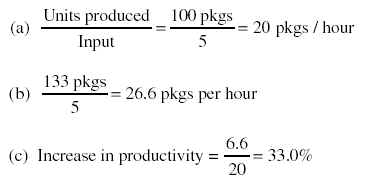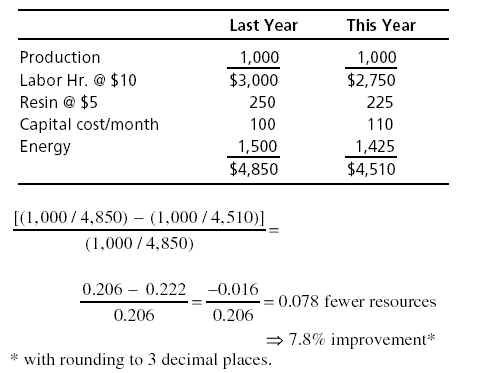

| Company |
Parent |
Country |
| Arrow |
Bidermann International |
France |
| Braun Household Appliances |
Procter & Gamble |
United States |
| Lotus Autos |
Proton |
Malaysia |
| Firestone Tires |
Bridgestone |
Japan |
| Godiva Chocolate |
Campbell Soup |
United States |
| Haagen-Dazs Ice Cream |
Nestle |
Switzerland |
| Jaguar Autos |
Tata Motors Ltd. |
India |
| MGM Movies |
Sony (lead equity partner) |
Japan |
| Lamborghini |
Volkswagen |
Germany |
| Goodrich |
Michelin |
France |
| Alpo Pet Foods |
Nestle |
Switzerland |